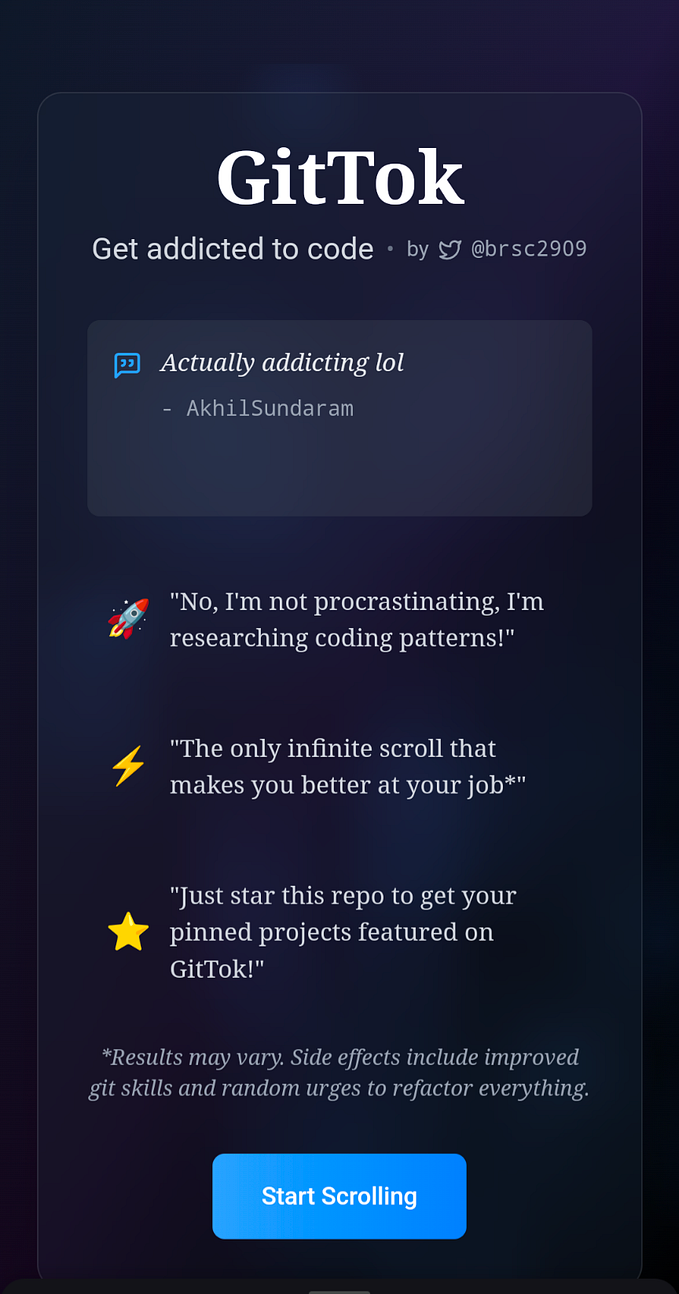Understanding Grey Box Testing: A Comprehensive Guide
Grey box testing is a software testing technique that combines elements of both white box testing (which involves knowledge of the internal workings of the application) and black box testing (which focuses solely on the application’s functionality without any knowledge of its internal structures).
In grey box testing, testers have partial knowledge of the internal code and architecture but do not have complete access. This allows them to design test cases that cover various scenarios, enhancing the effectiveness of the testing process.
The main advantage of grey box testing is that it enables testers to identify issues in the interface and integration points, all while ensuring the software meets user requirements and performs well under expected conditions. This approach is particularly useful for testing web applications, where understanding both the frontend and backend is essential to ensure seamless user experiences.
In summary, grey box testing provides a balanced approach that leverages the strengths of both white and black box testing, making it a valuable method in the software development lifecycle.
Are you tired of clunky GUI editors that hinder rather than enhance your API design process?
Look No Further! APIDog is your perfect Postman Alternative that allow you to effortlessly test APIs with a well-designed API interface!
Cheaper, Better, Nicer Postman Alternative with More Features, Try out APIDog Now!
Understanding Grey Box Testing: Definition and Importance
Grey box testing is a hybrid approach that combines aspects of both black box and white box testing methodologies. In this testing technique, the tester has partial knowledge of the internal workings of the application being tested but treats it as a “black box” from the user’s perspective. This unique methodology provides a balanced perspective, making it an indispensable tool in the software testing arena.
The importance of grey box testing lies in its ability to effectively identify flaws that may not be evident through traditional black box testing alone. For instance, consider a mobile application designed for banking services. During grey box testing, a tester might have knowledge of the database structure, which allows them to run specific queries and validate the accuracy of data displayed in the UI. This level of testing can expose hidden integration issues that would typically escape attention during a standard black box test.
Techniques Employed in Grey Box Testing
Grey box testing utilizes various techniques to ensure comprehensive assessment. These include input/output testing, interface testing, and databases and backend testing. Understanding these techniques is crucial for anyone engaged in the software development life cycle.
Input/Output Testing: This technique focuses on examining how inputs are transformed into outputs. Testers will create different input scenarios, understand the expected outputs, and verify if the actual outputs match these expectations. For example, in an e-commerce application, a tester might investigate whether entering a negative value for product quantity leads to an error message or unexpected behavior.
Interface Testing: Since grey box testers have knowledge of the underlying architecture, they can efficiently evaluate the application’s interfaces. This investigation can ascertain the integrity and reliability of data exchanges. For instance, when testing a REST API, a tester can check whether the API successfully communicates with the frontend, loading the appropriate user data.
Database and Backend Testing: Knowledge of how data is structured and stored is essential in grey box testing. Testers are often interested in examining the actual database to validate that the data reflected on the UI corresponds accurately to what is stored in the backend. For example, in a Social Media platform, a tester can ensure that when a user posts a new status, it is not only displayed correctly in the front end but also stored properly in the database.
Benefits of Grey Box Testing
Grey box testing provides notable advantages that contribute to the efficacy of the software development process. Among these benefits are increased test coverage, improved bug detection, and enhanced collaboration between development and testing teams.
Increased Test Coverage: One of the primary benefits of grey box testing is its capacity to increase the overall test coverage. By understanding both the input and the expected system behavior, testers can craft more effective test cases. For example, in the case of a web application, the tester can check every layer — from UI, which the end-user interacts with, to the server-side logic and database interactions.
Improved Bug Detection: The dual approach employed in grey box testing helps in surfacing bugs that many black box testers might miss. Since knowledge of the code allows testers to focus on potential trouble spots or even fault lines in the application, more nuanced defects can be exposed. For example, if an application is expected to handle a high volume of transactions, grey box testing can validate not only that all transactions work but that they robustly propagate through the system under stress conditions.
Enhanced Collaboration: Another significant benefit of grey box testing is it promotes better collaboration between development and QA teams. With the knowledge gained during the testing process, QA professionals can provide actionable feedback to developers. For instance, if a tester identifies a recurring bug in the data handling logic during their grey box assessment, they can team up with the developers to diagnose why this issue persists and create a streamlined solution together.
Challenges Associated with Grey Box Testing
Despite its advantages, grey box testing is not without its challenges. Identifying the right knowledge balance and managing the complexities of systems are two significant hurdles that testers must contend with.
Identifying the Right Knowledge Balance: One significant challenge in grey box testing is ensuring the tester possesses the right level of knowledge. Too much knowledge can lead to biased testing, with the tester inadvertently focusing their efforts in areas they already understand while ignoring potential issues elsewhere. For instance, a tester with extensive knowledge of a module may miss observing how different modules interact in a multidimensional architecture.
Managing Complex Systems: As systems grow in complexity, the execution of grey box testing becomes increasingly challenging. Testers are required not only to understand the application in isolation but also to appreciate the interplay between various components and dependent systems. For example, when testing large enterprise-level applications that interface with several external APIs, the likelihood of error increases substantially. Here, understanding the entire ecosystem becomes imperatively essential to the efficacy of grey box testing efforts.
Tools and Technologies for Effective Grey Box Testing
Several tools facilitate the execution of grey box testing effectively. These tools range from automation frameworks to those focused on performance and quality assurance, each providing several beneficial features.
Selenium: Selenium is a widely-used open-source automated testing tool primarily for web applications. It enables testers utilizing grey box methodologies to write comprehensive test scripts that interact with various web elements while also evaluating underlying logic and functionality.
JMeter: Apache JMeter is a great tool for performance testing that allows testers to simulate several users interacting with the application. Through grey box testing methodologies, it can assess how the system behaves when subjected to heavy load, while also looking into backend interactions to identify bottlenecks.
Postman: Postman is a popular tool for API testing, allowing testers to validate the responses received from different API endpoints and their interactions with the database. Grey box testers can utilize Postman to craft queries that test both the front-end and back-end functionality of an application.
Best Practices for Implementing Grey Box Testing
To ensure that grey box testing delivers optimal results, employing certain best practices is paramount. These practices include creating well-structured test cases, continuous integration and testing, and iterative testing cycles.
Creating Well-Structured Test Cases: Well-structured test cases are essential for maximizing the benefits of grey box testing. Testers should ensure test cases clearly outline inputs, expected outcomes, and specific conditions under which these outcomes should occur. This practice minimizes ambiguity and paves the way for effective and consistently reproducible tests.
Continuous Integration and Testing: Leveraging continuous integration (CI) is essential when implementing grey box testing in a development cycle. Automated tests can be run frequently, enabling immediate feedback and allowing both development and QA teams to address issues as they arise. This real-time approach helps to foster a collaborative work culture while maintaining high software quality.
Iterative Testing Cycles: Due to the inherently hybrid nature of grey box testing, adopting an iterative approach is vital. As close collaboration between development and testing teams leads to constant refinement of knowledge and understanding of the application, iterative cycles allow for retesting and revalidation, significantly contributing towards overall software reliability.
In conclusion, grey box testing stands as a crucial component of effective software testing practices. By blending the advantages of both black box and white box testing methodologies, it allows testers to provide a more robust evaluation of applications. Whether examining inputs and outputs, interfaces, or database interactions, the insights gained through this dual-focus approach facilitate higher quality software and better alignment between development and testing efforts.








